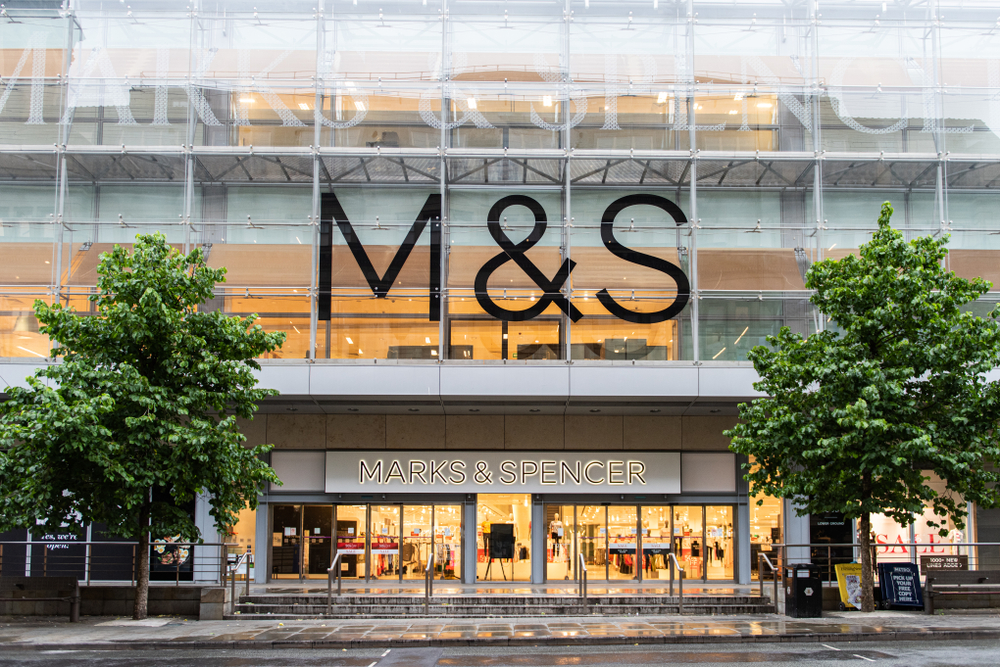Pop-up shops, used by online and offline retailers alike to explore the potential of the high street market, are now worth £2.3bn a year to the UK economy, a new study suggests.
The phenonemon of the short-term shop emerged as stores became vacant during the economic downturn of recent years. Now established as a strategic tool to test the impact of factors from different geographic locations to store concepts and product ranges, pop-up retail is becoming a force to be reckoned with. A new report from EE and the CEBR suggests the pop-up retail sector is now growing at 12.3% a year, hitting £2.3bn in 2015 and employing more than 26,000 people. Last year, the sector turned over 8.4%.
Pop-ups, finds the Britain’s Pop-Up Retail Economy report, now account for 0.76% of total UK turnover from retail compared to 0.6% at the same time last year. More customers, it seems, are visiting pop-ups, with 44% of those questioned saying they had done so in the last year. At the same time they are spending more, at £124 a month, some £8 up on last year.
In total, the study estimates, Britain is now host to more than 10,000 pop-ups and the lines between pop-ups and traditional retail are increasingly blurred. Eight per cent of retailers report having launched a pop-up sometime in the past year, while ten per cent plan to open one in the next five years.
Ross Bailey, founder and chief executive of pop-up retail space marketplace Appear Here, said: “This report highlights how important the pop-up sector is becoming to the UK economy. With so many traditional retailers using pop-up shops and so many pop-up retailers moving onto long-term rents, we should no longer be looking to draw a line between traditional retail and pop-up retail – it is all just retail. We’re seeing brands and retailers from all backgrounds incorporate pop-up retail into their retail strategy. Since launching in 2013, Appear Here has grown by 500% year on year and currently generates £14m in request value per month, a number which is increasing month on month. This is a testament to the growth of the industry.
Barriers to the trend include the need for a reliable internet connection that underpins technology such as point-of-sale devices, stock management tools and real-time customer promotion using social media channels. More than 40% of small retailers and food and accommodation providers also say they are unable to process card payments.
Rob Harbron, managing economist for CEBR, said: “Pop-up retail is continuing to become an increasingly viable platform for both people with new business ideas and for established businesses looking to engage with customers in new and innovative ways. Successful retailers increasingly need to offer customers the ability to shop when and where they want. As such, the flexibility of pop-up stores makes the format increasingly attractive. However, without appropriate investment in technology, efficiently co-ordinating a range of platforms is becoming increasingly challenging for businesses.”
EE has launched a Connected Retail range of 4G products in response, with the first users now including winners of Appear Here’s Space for Ideas competition. Among them are bespoke cargo bike builder Porterlight, 3D printed jewellery brand WonderLuk , ethical clothing brand Run&Fell, and children’s online clothing brand The Mini Edit.
Mike Tomlinson, director of small business at EE, said: “The sector’s growth is driven by retailers and brands of all sizes using pop-ups to create new experiences, products, and locations for their customers.”








